In December 2012, I was invited to Oslo to give a presentation on pedagogy. This is what I said:
I’ve taught anthropology in university classrooms; a lot. Many have been multicultural, and multigenerational. I’ve also been privileged to teach anthropology in some unusual classroom settings, for example, on cruise ships, in academic studies abroad (KulturStudier; Tonga Field School), and in the traditional territory of the Nisga’a First Nation.
In the campus classroom and off-site, my teaching philosophy is influenced by Chickering’s and Gamson’s (1987) Seven Principles for Good Practice in Undergraduate Education:
- Encourage student-faculty contact
- Encourage cooperation among students
- Encourage active learning
- Give prompt feedback
- Emphasize time on task
- Communicate high expectations
- Respect diverse talents and ways of learning
While working as a Capacity Building Advisor, I was able to partake of a training programme called “Making a Difference” that focused on adult education and change management. Two of the key lessons were that
- people learn best when they are having fun, and
- they accept new ideas when those ideas have relevance for them.
I think you’ll agree with me that one of the chief goals of anthropology as a discipline is to encourage the valorization of diversity; or to put it another way, to counter stereotypes and stigmas about the ‘cultural other’; countering stereotypes is, obviously, introduction of a ‘new idea’ .
Traditionally, anthropologists have done our stereotype-countering with entertaining lectures and monographs, whereby the anthropologist’s experience stood as proxy for the student’s experience: the anthropologist went, learned, returned and represented the ‘other’ to an audience of learners. We still do that in our university teaching today. We use stories and writings to represent the cultural other to our students – whether they be in a university classroom or the deck of a cruise ship.
— Sometimes this works to counter stereotypes. Often, it does not —
Therefore, I turn to teaching games to help make lessons more memorable, and fun. Good teaching / learning games are like a ritual: they offer multiple, polysemic, lessons. Teaching games offer the chance to draw analogies from one instance or experience, to another (like any good metaphor). They also provide a kinaesthetic experience to augment the usual oral and aural ways that students are taught. My favourite is the Partnership Toss Game.
How to play Partnership Toss
A group of people stand in a circle; the circle should be at least 1.5 metres in diameter; more is fine, but not beyond 3 meters. One person tosses a small object (i.e.: a bean-bag) to another person, anywhere across the circle. That person tosses the object to a different person and so on, until everyone has received a toss of the bag and it eventually makes its way back to the original thrower. Then the group has to repeat the exact pattern of tosses – remembering who tossed to whom, in what order, over and over again. When the group has the pattern complete and begins to do it rapidly and automatically, the teacher/facilitator introduces a second bag; now the group has to repeat the pattern with two bags. then introduce a third bag. If things go well, and the pattern is maintained and rapid, the final step is to pull a thrower (any) out of the circle and see what happens. Usually, there is lots of laughter.
What does this game teach? Among other things, players spontaneously conclude that:
- Groups of people can learn and perform complex tasks,
- The outcome of the task depends on individual members doing something quite simple and limited
- Communication helps keep complex tasks and patterns flowing
- When routines become established, we don’t have to think, we can just act automatically
- That we can have fun when doing our part, take pleasure from a routine task done in partnership
- But there can be a limit to what the individuals in a group can do when asked to take on more of the same task
- Even the best-practised routine can fail if over-loaded, or if one member/segment of the system breaks down or is removed.
Overall, we can use this game to draw several analogies, for example, on the theme of “Partnership Makes Complexity Easier” –such as in a Polynesian or Melanesian or Tamil village; stereotypes about ‘simple’ village life do not represent the complexity of the system.
Penn State University has devised some diversity teaching games that I like to use, depending on the class level / background experience:
Five Moments
Give each participant a piece of paper. Have them write down the five moments in their lives that were most important for shaping who they are today. Go around and have each person share two or three events in their life. Facilitate a discussion on how the major events in life are universal and are not a respecter of people’s differences.
Stereotype Wall
Place posters on the wall that have titles of different groups (such as ethnic groups, genders, sexual orientations and socioeconomic classes). Have people walk around the room and write something that they have heard about these people or a way in which this group of people is stereotyped. Facilitate a discussion on where these stereotypes came from and if they have veracity.
Chain of Diversity
Pass out six slips of paper to every person. Have each person write down a similarity and a difference that they have concerning other people in the room on each slip of paper (for a total of six similarities and six differences). Have members share two of their strips. Then, using glue or a stapler, link all of the strips together in a chain that shows that, no matter how divided people may be by their differences, their similarities will always bring them together.
As you may be able to guess by now, I am a fan of experiential learning, creative classrooms and of the transformative power of the ethnographic experience. In my opinion, nothing teaches anthropology as well as learning by doing. I tried to do this myself with my ethnographic field school in Tonga.
Ethnography itself is undergoing a remarkable efflorescence, both outside anthropology and within. This is coupled with an increased interest in ethnographic training. Around 2005 – 2007, the US-based National Science Foundation [NSF] awarded several grants for training in ethnographic methods. The one I am reporting about here, is a particular ethnographic field school which is, to the best of my knowledge, unique.
Exactly how does this field school differ from most ethnographic field schools? Emphasis on participant observation, taught (in part) by observing participants:
The Ethnographic Field School; Tonga, was collaboratively designed with the residents of the village where the field school was to take place.
In the early stages of the project development, I travelled to Ha’ano, a village where I have had ongoing and deep relationships for over a dozen years. In village meetings, small group and individual meetings with village elders, and with members of the women’s development committees, we strategized about questions related to pedagogy and content: We asked ourselves, how and what to teach students who might become ethnographers in the future? I had my own ideas about criteria, but I wanted the hosts of the school, and the people usually relegated to the role of ‘observed’ and ‘interviewed’ to say what, and how, they wanted the students to learn.
We agreed that the underlying principles of the school should be as follows:
The ethnographic field school would provide an experientially rich entré to doing ethnography in the ‘classic’ sense.
The students should enjoy the experience.
The village and island residents should enjoy and benefit from the Field School.
The students would acquire respect for Tongan culture, society and people.
The students would appreciate the covenant of reciprocity and respect that underlies the long-term ethnographic encounter.
Building on these principles, we agreed that key elements of the Fieldschool would be:
Cultural orientation and lessons in social etiquette prior to staying in the village.
Classes on ethnographic ethics, mapping, kinship, participant observation, interviewing, visual and written field notes, Tongan culture, history, economy, politics, ecology, fishing, farming, textile-making, child-rearing, ceremony and language.
Classes in anthropology to be taught by academic professor, classes on Tongan ethnography to be taught by Tongans.
Tongan culture experts identified as potential interviewees or invited to teach in their areas of expertise to be paid or offered honoraria.
Students homestay in the village; one student per family; they participate in household chores as if a son or daughter of the household.
The Field School would reimburse the village, each homestay family, and provide tranlation assistance to students.
All ethnographic information recorded by students during the fieldschool to remain unpublished.
Based on those meetings, I drafted a field school proposal, and submitted it to the Study Abroad Program at the University of Hawai‘i at Mānoa. When the proposal was accepted, and with financial support from the Centre for Pacific Islands Studies, I hired a particularly skilled and well-respected Tongan woman as Field School Assistant, to help make arrangements, coordinate travel, translate documents, and act as curriculum development partner.
Thus, from the outset, the fieldschool was participatory, culturally-sensitive in design and action-research oriented.
While the students learned to be participant observers, the villagers learned to be observant participants in the training of ethnographers. In essence, people most used to being the subjects of research were recruited as active educators of a future crop of anthropologists:
In addition to acting as home-stay hosts, village residents were active teaching partners, providing
- guest lectures in the classroom,
- hands-on lessons in the gardens, reef, fishing boats and weaving houses, and
- ethnographic interviews on subjects negotiated between student, villager and instructor.
Perhaps most significantly, the villagers acted as evaluators of the students’ performance, contributing to the students’ final grades.
The most radical differences between my Ethnographic Fieldschool: Tonga and other forms of field school training lay in the privileging of local needs, and repositioning of knowledge, pedagogy, curriculum content, and authority to teach to those who are normally constructed as interlocutors rather than instructors.
The fieldschool offered fun, information, but also the praxis of subverting usual forms of power coded into the researched-researcher relation. I am very proud of this model.
Unfortunately, not all students can participate in a multiweek long ethnographic field school. However, even a short visit — like the one I did recently for KulturStudier in Pondicherry India — can be very important.
Last month, at my request, the Kulturstudier India team organized a field visit to a village (We tried to organize three day-trips; two went awry through no fault of the team, but the third, was accomplished very well). Special mention must be made here for Senthil Raja, Kavitha Ramkumar and Marie Nyhuus, who did a lot of the ground work, including running all around Pondicherry, drawing on personal connections, and giving lots of hours on top of their usual tasks; to Laurie Schmidt also, for endorsing the concept.
The main goals were to
1. Give the students a chance to experience actively the village they’d been viewing passively through bus windows.
2. Give the students a real life example that they could use to reflect upon when reading or discussing written materials to do with governance, gender, village life, education and/or the presence of religion in everyday life.
3. Test the opportunity to institute a regular village visit into the Religion and Power program.
In the last week of the anthropology lectures, the anthropology students walked from the study centre at Kailash Resort to Pooranankuppam, Pondicherry – புதுச்சேரி – in Tamil Nadu, India.
We met with the Vice-president of the village panchayat (an elected official at the local government level). He escorted us through the village, on foot, introducing us to some other members of the village leadership, and showing us some of the significant sites within the village – including the public gathering / performance space, the government school, the market, the government food-distribution store, and the central temple. We had great fun seeing inside the elementary school, and performed an impromptu song for the students in one classroom; we exchanged gifts, and had a question & answer session with two members of the panchayat. After 2.5 hours, we went back to Kailash for lunch.
While not exactly an ethnographic field school, it was an important learning opportunity. How for example, does it fit within Chickering’s and Gamson’s 7 principles?
- A field trip is a form of active learning; It makes discussions of village leadership more relevant because students have a context, they can remember, not imagine, the village leaders they met.
- Students were able to ask questions –of the local experts- and receive an prompt feedback. They didn’t have to remember to look it up later.
- The visit was structured in time, and space, so students knew to pay attention now, to stay on task.
- In terms of respecting diverse talents and ways of learning, experiential, learners had the opportunity to touch and smell, as well as see & hear; it was kinaesthetic as well as oral & aural.
- That particular walking visit didn’t go beyond the student-faculty contact that already existed, but it did put that contact in a different context. Insofar as the visit modelled ethnographic interviewing for students, it added value to the student-faculty contact.
- It didn’t go beyond student cooperation that already existed (but it could do, if properly structured).
- Expectations were communicated in terms of socially appropriate dress code; students were asked to prepare questions in advance. Whether these are ‘high’ or just ‘normal’ expectations is open to discussion.
How does it fit the 2 pearls criteria?
- In post-program evaluations, 53% of the students rated the visit as “very good”
- 33% said it was good.
- No one said it was poor or very poor.
Anecdotally, immediately after the visit, students reported a better understanding of what a panchayat is, how it works, and a better impression of the way local governance works in Pondicherry.
So: a small start, but an overall success.
This being said, no matter what type of classroom, and no matter how wonderful the experiences offered, a course needs to have some clear objectives / goals, and a clear idea of what the student will learn/gain. Ideally, those learning outcomes are integrated with the final evaluation, and the readings & assignments support the learning objectives and the final evaluation. When that is done, then the chances for success, measured by student performance and satisfaction, and by the satisfaction of the pedagogy team, are high.
There is a tool that I use when trying to create a well-integrated course design:
Questions for Formulating Significant Learning Goals
I ask myself: “A year (or more) after this course is over, I want and hope that students will _________…..” (achieve, apply, know, remember) _____ (what?)
i.e.:
Foundational Knowledge
• What key information (e.g., facts, terms, formulae, concepts, principles, relationships, etc.) is/are important for students to understand and remember in the future?
• What key ideas (or perspectives) are important for students to understand in this course?
Application Goals
• What kinds of thinking are important for students to learn?
~Critical thinking, in which students analyze and evaluate
~Creative thinking, in which students imagine and create
~Practical thinking, in which students solve problems and make decisions
• What important skills do students need to gain?
• Do students need to learn how to manage complex projects?
Integration Goals
• What connections (similarities and interactions) should students recognize and make…:
~Among ideas within this course?
~Between the information, ideas, and perspectives in this course and those in other courses or areas?
~Among material in this course and the students’ own personal, social, and/or work life?
Human Dimensions Goals
• What could or should students learn about themselves?
• What could or should students learn about understanding others and/or interacting with them?
Caring Goals
• What changes/values do you hope students will adopt?
~Feelings?
~Interests?
~Ideas?
“Learning-How-to-Learn” Goals
• What would you like for students to learn about:
~how to be good students in a course like this?
~how to learn about this particular subject?
~how to become a self-directed learner of this subject, i.e., having a learning agenda re: what they need/want to learn, and a plan for learning it?
So why, you are asking yourself, did I call this lecture Sand in My Syllabus?
Sand is gritty;
It gets into your eyes, your ears, your hair, under your fingernails;
It abrades your skin;
Sand makes you aware of things you normally take for granted. Sand may be something common to the ‘way off campus locations I’ve taught (and one of the on-campuses too), but it is also a great metaphor for the ‘way off campus pedagogical experience, indeed, for the ethnographic experience. Because in the same way that anthropology puts grit in our comfy stereotypes and cultural assumptions, once you start thinking about the requirements for teaching in non-university classrooms; such as to retirees on cruise ships, or to university students on away-from-home courses, the value of experience-near, and experience-rich learning opportunities abrades your usual ways of thinking about teaching. It puts sand in your syllabus.
I’m excited about the opportunities for ‘way off campus / ‘experience-near’ teaching because I think it does the job of breaking down stereotypes, of de-romanticizing the ‘other’ and making them the ‘neighbour, the partner, the friend’ better than does the university lecture hall. So I’m excited about ‘experience-near’ teaching because it makes my university lecture hall teaching better, too.
Let me wrap-up with some observations on what having sand in my syllabus has taught me about the past and future of teaching anthropology, and how best to align with the classic theme of deconstructing stereotypes, of making the exotic familiar and the familiar exotic:
In the Past, we had:
- Reports sent to the armchair anthropologist (who wrote them into books and lectures)
- Anthropologists went to the region, interviewed people from the porch (and wrote it into books and lectures)
- Anthropologists went lived in the village (and wrote it into books and lectures)
- Anthropologist spokes for the people / research subjects
Result: Learning based on anthro-Prof mediating between subject & student; (think Frazer, Malinowski, Mead, Firth….)
In the Future, we will have more of:
- Subjects of research travel; Students travel too
- Subjects can speak for themselves
- Anthropologist / Professor’s role becomes that of learning coach and student mentor
- Professor enables experience-rich learning opportunities
- Professor’s role emphasises context provision
Result: Learning based on guided, experience -near interactions
Note that in this model, the professor is responsible as context provider and enabler of experientially rich learning opportunities. ‘Context’ includes the academic \ scientific literature, factual information, and perspectives on the public & specialized discourses on the subject matter. It includes the structure of the learning experience, and the integrated learning design.
The anthropologist professor is not replaceable, not redundant. But the style of teaching anthropology that we have had since WWII… well, that is replaceable.
It is my humble opinion that, while university-based education is irreplaceable, and the role of the professor\researcher is absolutely necessary, the learner interest in, and opportunities for, teaching ‘way off-campus are only going to increase. That is a good thing for the anthropological project of valourizing of diversity, of countering social, ethnic and gendered stereotypes, of dismantling the echelons of injustice, of exposing the selfishness of inequity, of confronting stigma, of thinking comparatively, of making the ‘exotic familiar and the familiar exotic’. In fact, anthropology is the discipline/praxis/perspective that is intrinsically well-situated for putting sand into everybody’s syllabus, and doing it ‘way off-campus.
Thank you to Kulturstudier, especially Dr. Thorgeir Kolshus and Dr. Rune Tjelland for inviting me to think about the subject of academic pedagogy in non-normal settings.
Sources:
Seven Principles for Good Practice in Undergraduate Education by Arthur W. Chickering and Zelda F. Gamson (last accessed Dec 2, 2012)
Making a Difference and Making a Difference Training for Trainers (last accessed Dec 2, 2012)
Penn State Diversity Activities for Youth ad Adults (last accessed Dec 2, 2012)


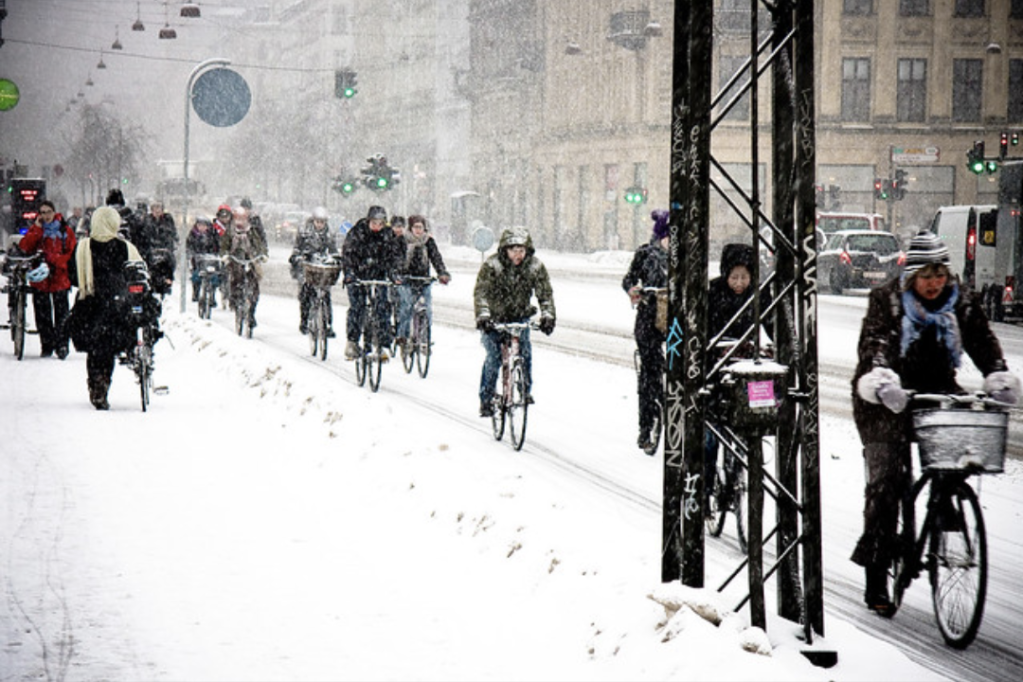




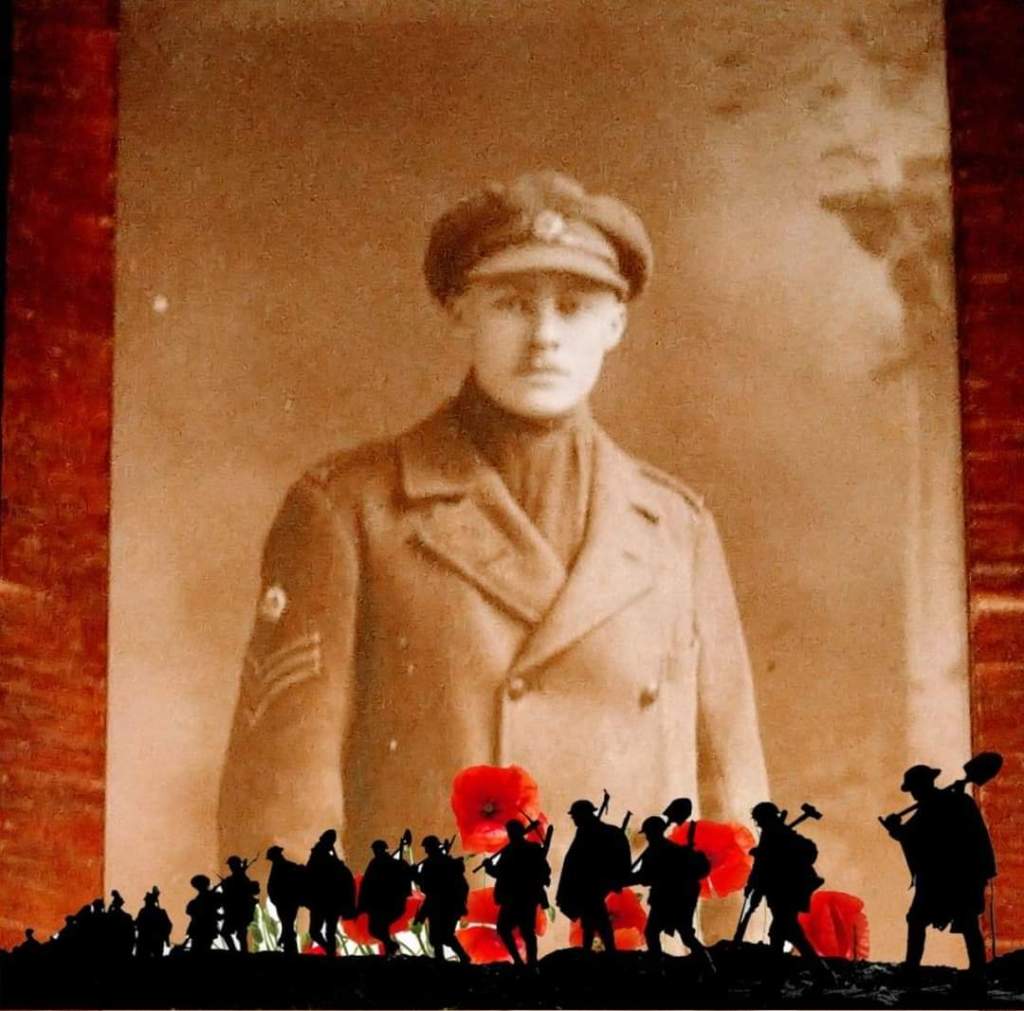
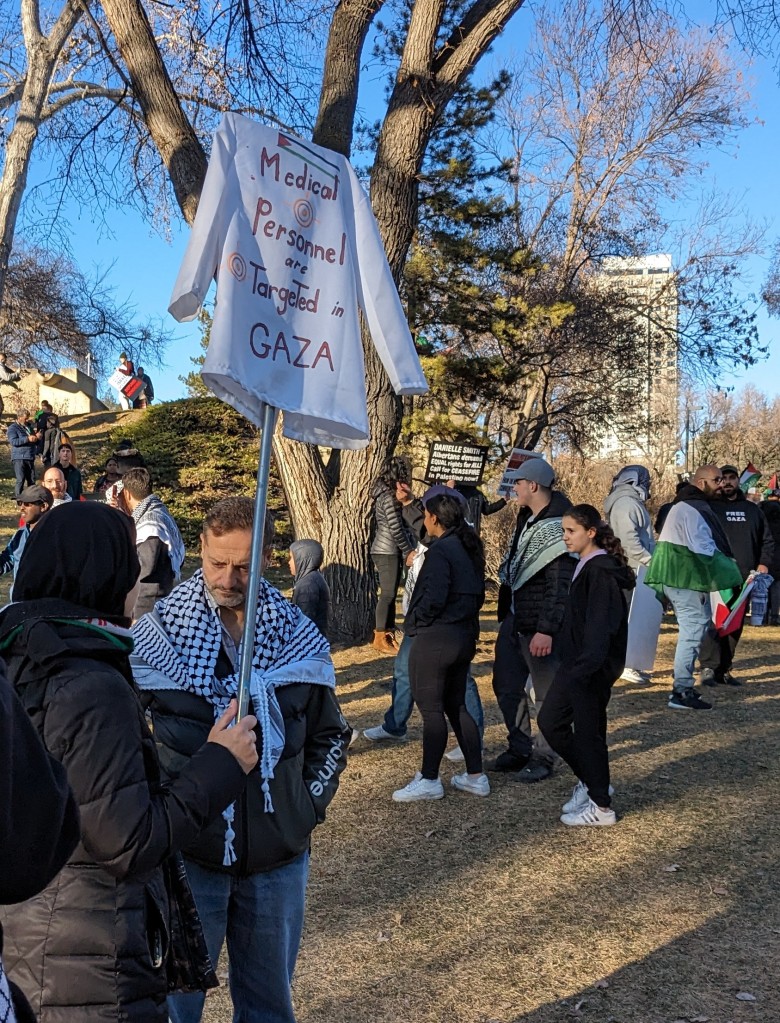

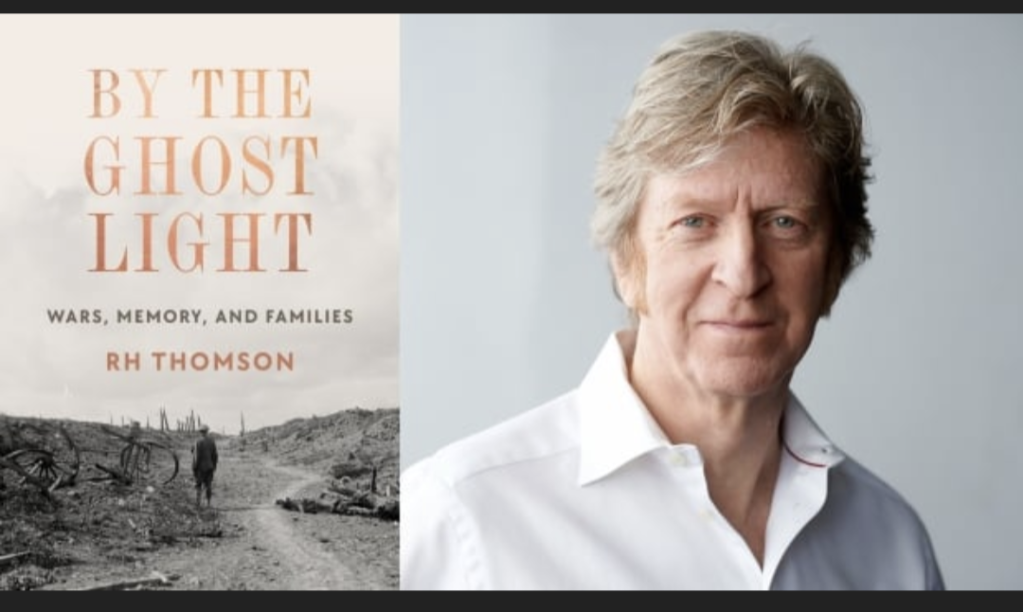

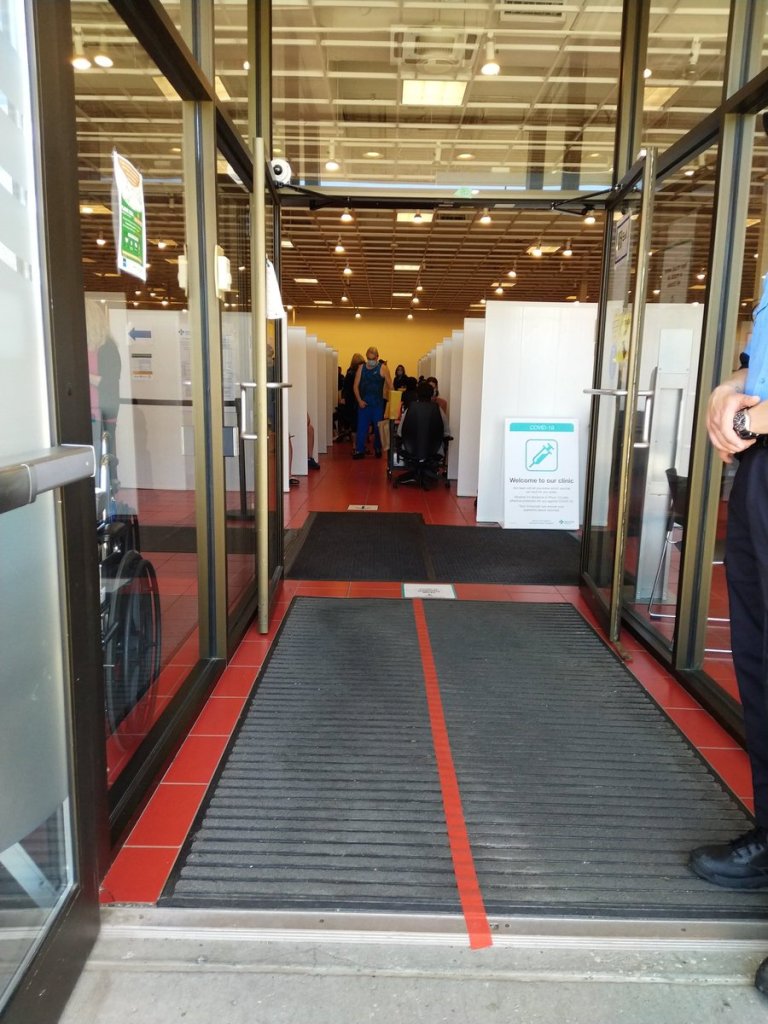

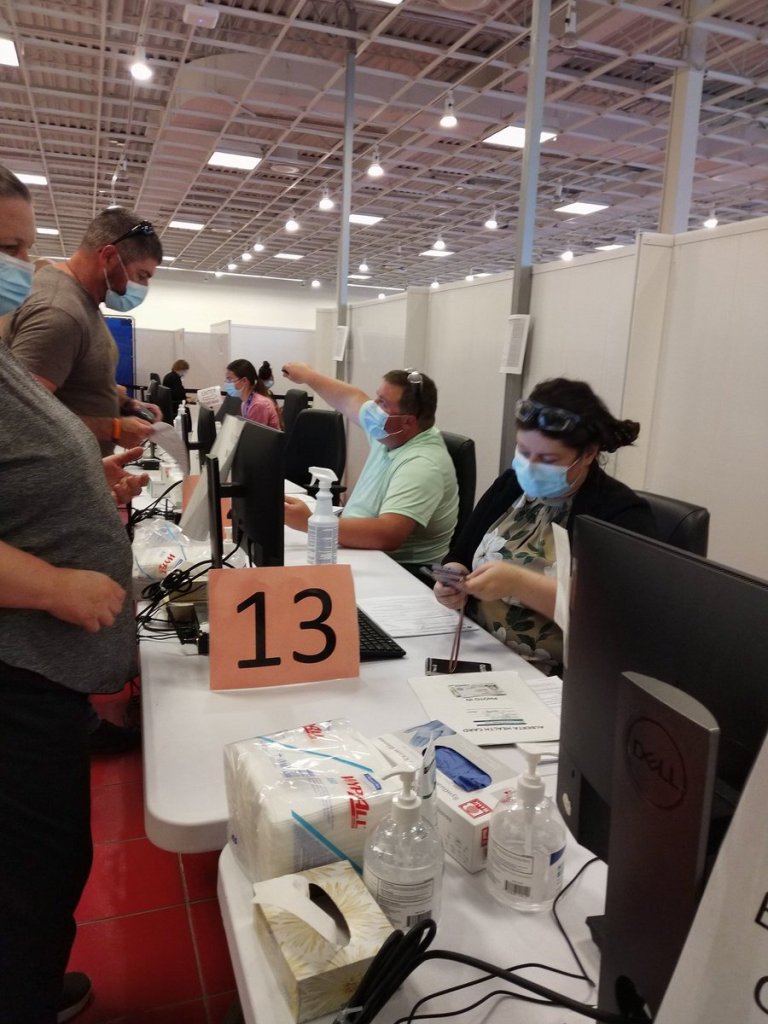

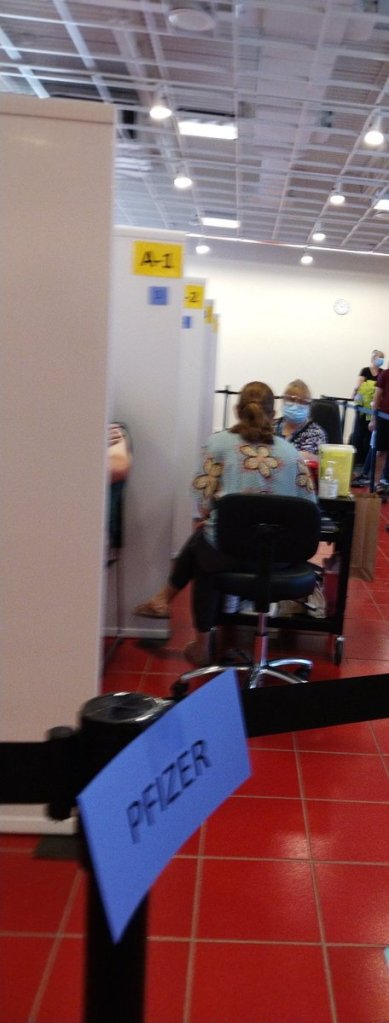






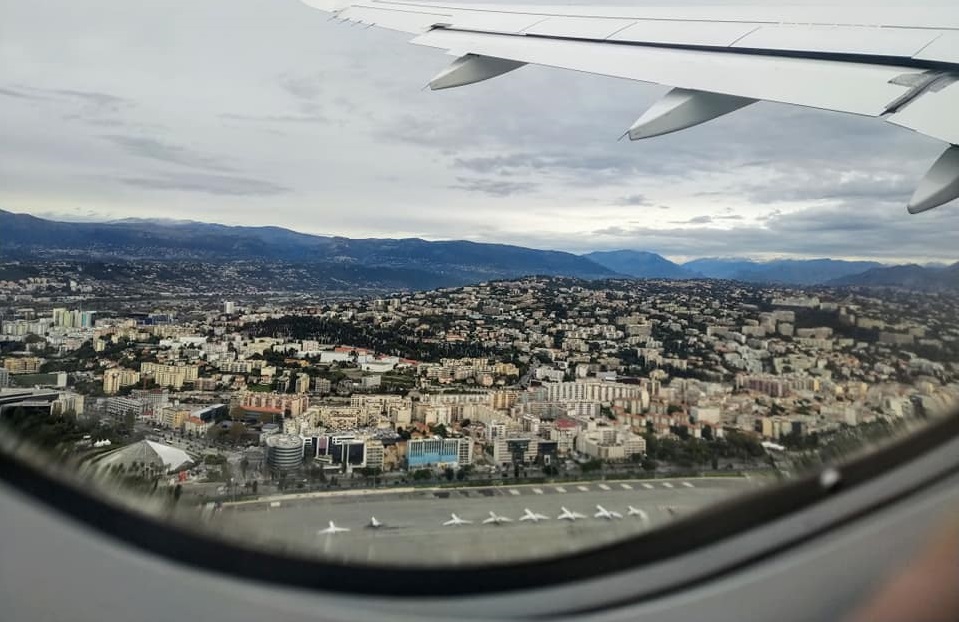
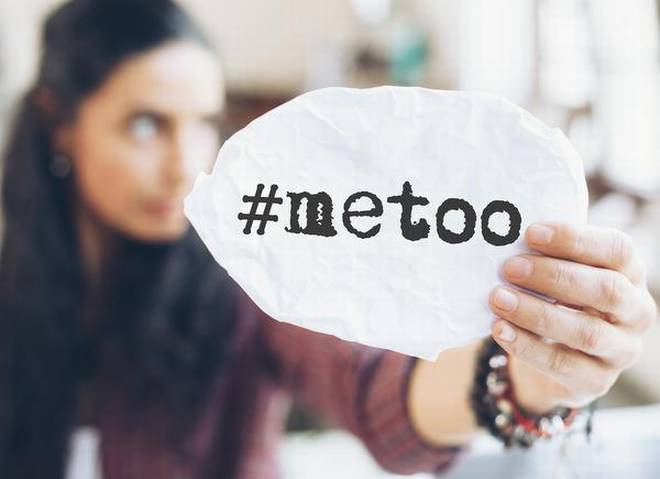

 the local pharmacist and use it to sooth her cranky infant. A mother of Cree, Mohawk or Anishnaabe ancestry who made a tisane including dill or fennel, sugar, baking soda, and watered gin could be accused of providing alcohol to a minor, be declared unfit as a parent, and have her child removed. Yet commercial preparations of gripe water had an alcohol content ranging from 3.6% to as high as 9%, even into the early 1980s (
the local pharmacist and use it to sooth her cranky infant. A mother of Cree, Mohawk or Anishnaabe ancestry who made a tisane including dill or fennel, sugar, baking soda, and watered gin could be accused of providing alcohol to a minor, be declared unfit as a parent, and have her child removed. Yet commercial preparations of gripe water had an alcohol content ranging from 3.6% to as high as 9%, even into the early 1980s (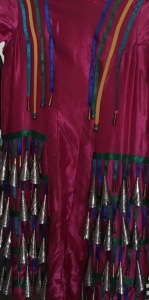 The Lost Jingle Dress is my first ‘published’ piece of creative nonfiction. The story lauds the small, tight-knit community of Jasper, Alberta. I wrote it in 2014, and it was performed by Stuart McLean in 2016 for the CBC Radio program Vinyl Café. It aired in the story exchange segment of the “Indigenous Music” episode of June 3 & 4, 2016.
The Lost Jingle Dress is my first ‘published’ piece of creative nonfiction. The story lauds the small, tight-knit community of Jasper, Alberta. I wrote it in 2014, and it was performed by Stuart McLean in 2016 for the CBC Radio program Vinyl Café. It aired in the story exchange segment of the “Indigenous Music” episode of June 3 & 4, 2016.

